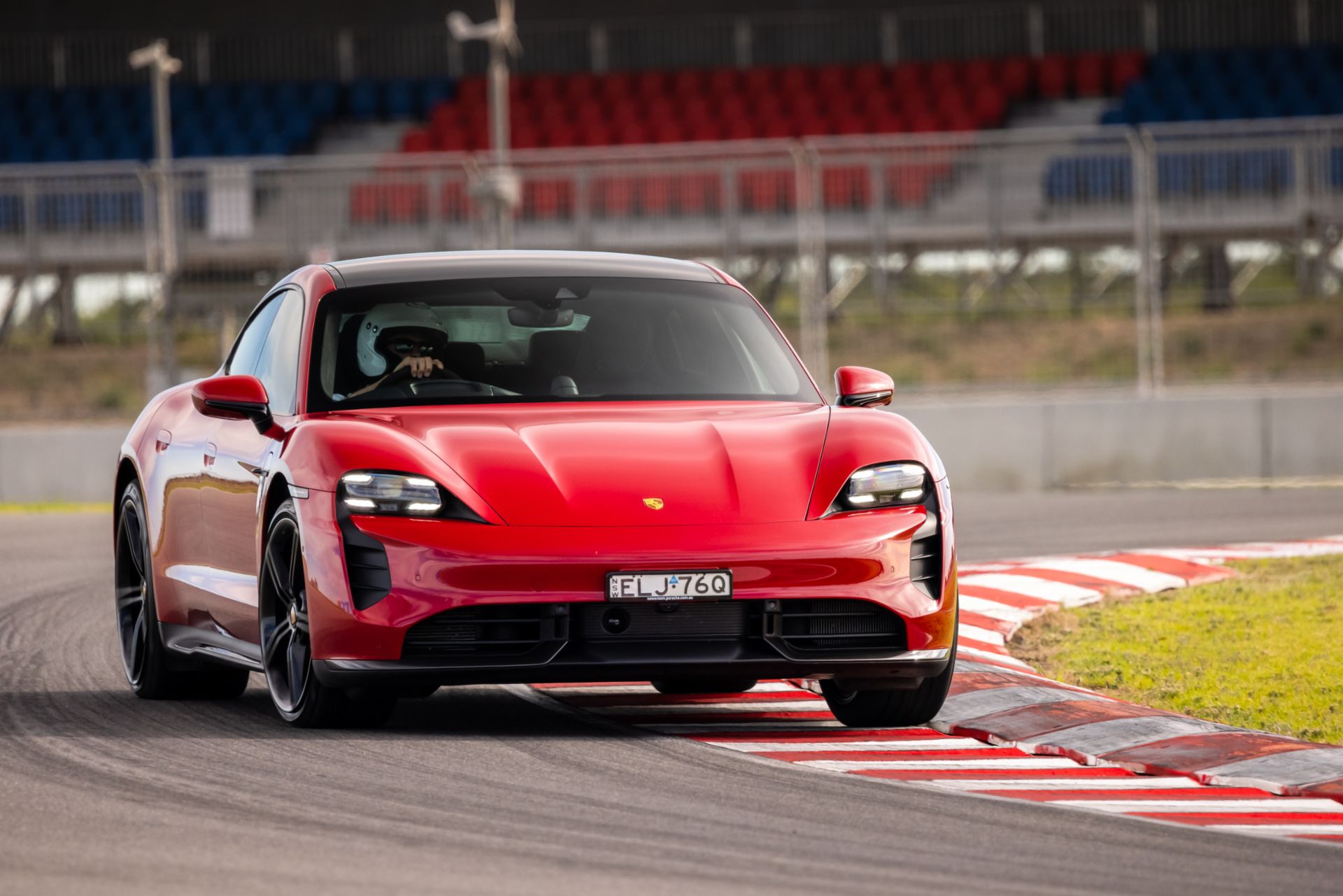
Electric cars have made enormous strides in recent years, but there are still some technical limitations that put members of the public off EVs as a concept. One major concern people have about EVs is “range anxiety.” They’re worried the car’s batteries won’t have enough juice to get them where they need to go, and the problem is compounded by the fact that those batteries take longer to fill than a gas tank.
However, hope is on the horizon in the form of an electric Porsche that can travel a staggering 750 kilometers (466 miles) between charges on a battery that is smaller and lighter than ever before. This is around double the range of an average EV, and just short of class-leading vehicles like the Lucid Air Dream Edition R and Tesla Model S Plaid.
Normally, EV manufacturers extend a vehicle’s range by cramming more battery cells into it. This adds weight, increases charging time, and sends the vehicle’s price skyward. According to Porsche, they’re taking a different route and redesigning the battery entirely. This means you’ll have a lighter unit, that charges faster and can take you further. This is all down to something called a “Solid State Battery” (SSB).

Solid-state batteries are the future
Porsche isn’t the only company working on solid-state batteries. There is a feeling that lithium-ion has almost gone as far as it can, and it’s time for a rethink. This is where SSBs come in. The main difference between SSBs is the state of the electrolyte. Normally, these are liquid, but in an SSB, it’s solid — hence the name.
If you create an SSB using the same chemistry you find in a lithium-ion battery, it will have a far lower energy density. This is remedied by swapping the material that is traditionally used in the electrolyte, graphite, for something like silicone.
When done correctly, an SSB can have 2.5 times the energy density of a current battery. There are other benefits too. They’re cheaper to make. Cold weather resistance is increased, as there is no liquid to freeze, expand, and potentially destroy cells. The electrolyte isn’t flammable when heated, reducing the fire risk drastically. Charging is far quicker; Porsche estimates that its SSB can recharge in as little as 10 minutes. And finally, the lifespan of the battery is greatly increased.
The lower weight also means increased vehicle performance with the same range or a greatly increased distance between charges. Theoretically, an SSB-powered vehicle with the same battery mass as a Lucid Air Dream Edition R would be able to go an incredible 1,250 miles between charges.
A perfected solid-state battery directly solves many issues the public still has with EVs. Notably range, cost, charging time, and an admittedly unfair reputation for self-immolation. While we aren’t quite there yet, Porsche believes we will be by 2030. Looking at the list of benefits, it seems like this is the next big leap we’ll see when it comes to EV tech.



